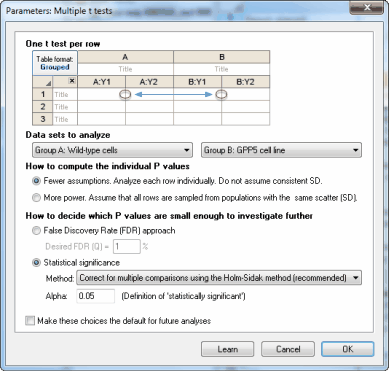

The study also found that the metabolic pathway activity of ECs was altered.

Gene ontology (GO) enrichment analysis revealed that the DMD mutation activated the following four pathways in ECs: fibrillary collagen trimer, banded collagen fibril, complex of collagen trimers, and purine nucleotide metabolism. GM48099, GM19951, and GM15564 were consistently upregulated in ECs and skeletal muscle cells from DMD mut, indicating that these dysregulated lncRNAs are conserved across different cell types. The analysis showed that the DMD mutation resulted in the suppression of several genes, including SPTBN1 and the upregulation of multiple long noncoding RNAs (lncRNAs). Methods and Results: To gain insights into the role of the dystrophin muscular dystrophy gene ( DMD) in ECs from Duchenne muscular dystrophy the study utilized single-nuclei RNA sequencing (snRNA-seq) to evaluate the transcriptomic profile of ECs from skeletal muscles in DMD mutant mice ( DMD mut) and wild-type control mice. The aim of this study was to investigate the impact of DMD on the gene regulatory network of ECs.

Despite the critical impact of DMD on endothelial cells (ECs), there is limited understanding of its effect on the endothelial gene network.

Introduction: Duchenne muscular dystrophy (DMD) is a severe X-linked recessive disorder caused by mutations in the dystrophin gene, which leads to heart and respiratory failure. The results of this study have important implications for the development of therapeutic strategies for patients with DMD. Overall, our study provides new insights into the gene regulatory program in ECs in DMD and highlights the importance of further research in this area. Additionally, we found that the metabolic pathway activity of ECs was altered, with a decrease in oxidative phosphorylation, glycolysis, and pyruvate metabolism and an increase in purine metabolism and pyrimidine metabolism. Our results showed that the DMD mutation resulted in the upregulation of multiple long noncoding RNAs (LncRNAs). In our study, we aimed to fill this knowledge gap by utilizing single-nuclei RNA sequencing (snRNA-seq) to evaluate the transcriptomic profile of ECs from skeletal muscle in DMD mutant mice and wild-type control mice. Despite the critical role of endothelial cells (ECs) in disease progression, there is limited understanding of the impact of the DMD gene on the gene regulatory network of ECs. Duchenne muscular dystrophy is a devastating disease that results from mutations in the dystrophin gene (DMD) and can lead to heart and respiratory failure.


 0 kommentar(er)
0 kommentar(er)
